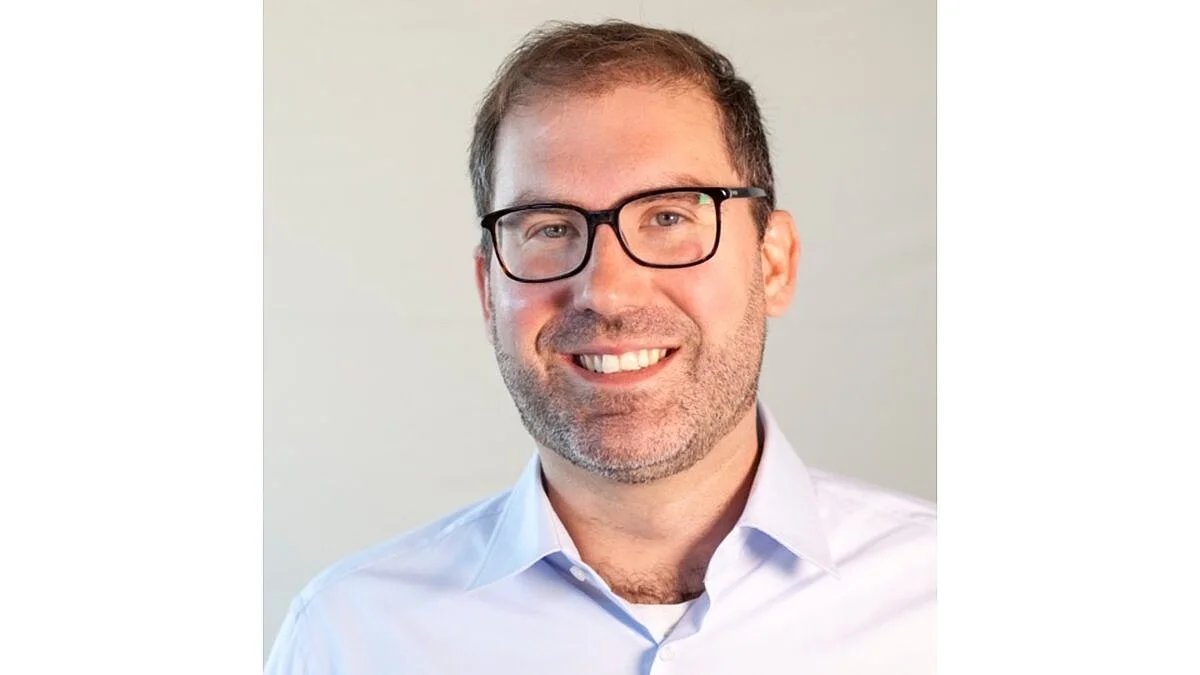Listen better: Making new decisions with listening
Hear what the customer has to say: Companies are gaining valuable insights into their target groups’ sensitivities with the help of social listening.

Social networks generate an endless quantity of statements, opinions and data that can help companies make their products better. And help determine what the customer wants and what they have something against. We spoke with Marc Trömel, Managing Director at Vico Research & Consulting, who explains how companies can use this wealth of data for themselves, why social listening can be particularly helpful in crisis communication, and what role artificial intelligence plays in this.

What does social media listening say about companies? What conclusions can be drawn from it?
Marc Trömel: Social media listening is able to provide an authentic picture of the view others have of a company. When users write on social media, usually they do so without any external incentive and discuss topics, products, companies, and brands of interest to them. This makes the data particularly credible, so that a variety of conclusions can be drawn from them. A company’s reputation can be identified online, for instance; self-image and external image are compared, and then, based on the result of the comparison, a strategy can be developed to manage and steer the company’s image in the desired direction.
Competitor comparisons are very revealing, too: they can be used to situate and improve upon a company’s own position in the market, as these comparisons offer data for use in strategic decision-making. Social media listening can also be useful for quality assurance. Products can be improved or even redeveloped based on feedback, needs and trends. Not least, social media listening also makes it easier to identify and monitor target groups.
As a company, if I want to analyze myself and my competitors in a particular sector, how do I proceed?
Marc Trömel: The first step is to identify the relevant information and posts – in other words, what do I want to factor into social media listening to begin with? After all, not everything written online is going to interest me or my competitors. So we need to filter the large and unstructured amounts of data found on social media. To do this, suitable keywords for the companies, brands, products or topics to be analyzed are defined and enriched linguistically. This is because data reduction is a decisive factor when approaching the totality and quality of the mass of data we want to analyze. The challenge is then to apply a qualitative research tool, namely content analysis, to this mass of data – the analysis itself comes only later.
Can I also get all the data I can use about my company about my competitors, or is the data situation limited? Where do the limits lie?
Marc Trömel: Social media monitoring providers only have access to public data on the social web. Even social media listening is not privy to the kinds of things that are only visible after user login. Since we are talking about public data, you can learn essentially just as much about competitors as you can about your own company.
There are restrictions on tracking my competitors’ channel data. There’s no difficulty learning the number of fans, and comments and shares are not a problem, either, as they are publicly visible on the Facebook page. Naturally, you cannot collect the kinds of information about fans such as Facebook makes available to the site administrator (gender, origin, etc.). Nor is it clear what kind of advertising budget the competitor has available. So no statements can be made about organic versus paid reach.
What can social listening accomplish in crisis communication – is something like this suitable for use as a kind of alarm?
Marc Trömel: A key use for social media listening is to identify potential crises and monitor critical user communication. Real-time data tracking promptly renders critical communication visible. Suitable KPIs here are the volume of communication, for instance an increase in negative comments and the use of certain keywords, as well as the relevance of the criticism, i.e. whether it is a matter of taste, for example, for a food, or whether a glass splinter has been found somewhere. Another indication when assessing how dangerous an issue can become for a brand is the reach of the person expressing him- or herself (is this an influencer with great reach?) and the number and severity of reactions posted. All of these factors can be evaluated by individuals or by an algorithm.
“Artificial intelligence” is a buzzword throughout the digital economy. But how can AI or machine learning expand your services?
Marc Trömel: Machine learning is already firmly anchored in our software solution: we have developed automatic sentiment recognition that can identify the tonality of posts. Because this capability can be tailored to specific brands, sectors or topics, it is continuously improving. Automatic categorization of social media posts based on content, such as price, quality and service, is already possible, too.
We are in the process of researching and developing AI or machine learning functions. In a research project funded by the German federal government and the EU, for instance, we are also studying hate speech in search of ways of identifying it (at an early stage). Software-based action options will be developed based on the results of this research. Artificial intelligence and machine learning will be decisive to the success of social media monitoring providers in the future, precisely because automated functions can replace time-consuming worksteps in data analysis.
If a company wants to focus on just a few signals and KPIs in social media monitoring, which ones should they pick?
Marc Trömel: Different KPIs make sense, of course, depending on the strategy and objective involved. Before launching a social media listing project, I should be aware of the goals I want to reach and the insights I want the project to produce. Only very rarely does it make sense to “just listen in” without any defined goal, and usually this approach fails to generate added value for a company. That’s why I should always create close ties between KPIs and my own goals and strategies.





